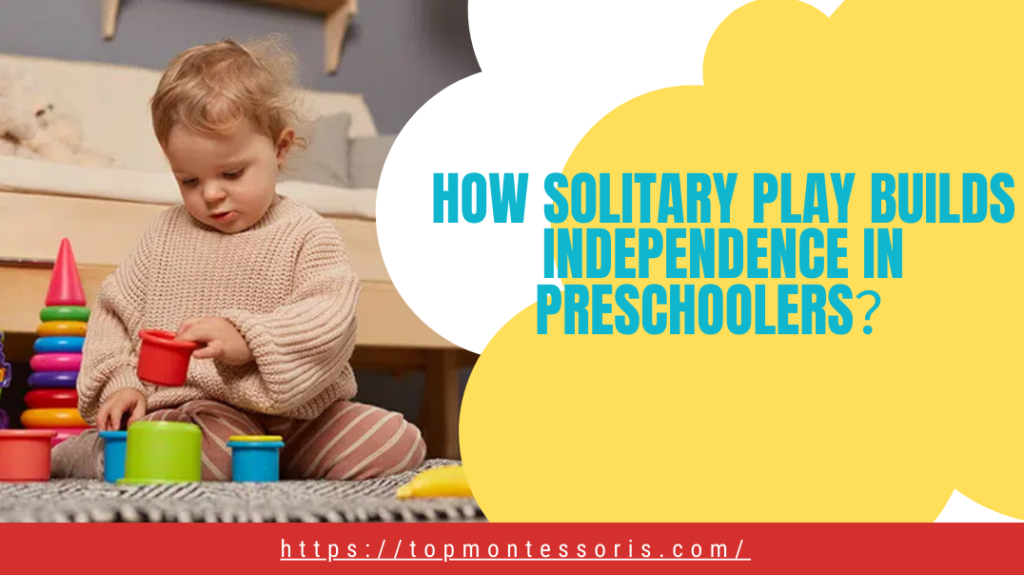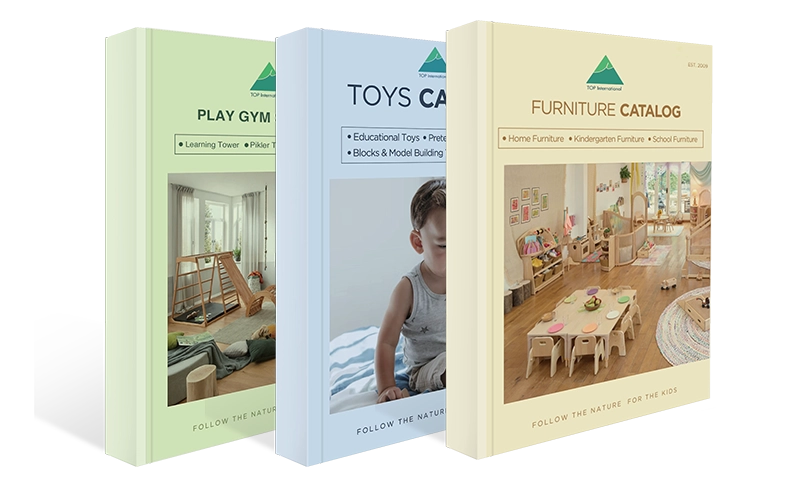Is your preschooler constantly asking for playmates? Worried they’re not socializing enough when they play alone? Or perhaps you’re wondering if solitary play is just a sign of loneliness or developmental delay? You’re not alone—many educators and parents have these exact concerns.
In reality, solitary play is one of the most powerful stages in early childhood development. When embraced correctly, it becomes a foundation for self-reliance, concentration, and confidence—skills that help children thrive both in and out of the classroom. It gives children the freedom to explore their interests without external pressure and nurtures problem-solving abilities through self-directed play.
Understanding how solitary play nurtures independence can shift the way we design early learning spaces, choose preschool furniture, and guide our teaching strategies. In this blog, I’ll explain how this simple but essential play behavior fosters deeper learning and personal growth.
What is Solitary Play?
Solitary play, also known as independent play, refers to the type of play where a child engages with toys, materials, or their imagination alone, without interacting with others. Unlike social play, where children cooperate or compete, solitary play allows a child to explore, discover, and create on their terms. This form of play is most common in toddlers between 0 and 2 years old, but it continues to play a vital role in a child’s growth well into later childhood.
At first glance, solitary play may seem like mere isolation. Parents might worry that their child prefers to play alone instead of interacting with peers. However, solitary play is not a negative behavior—it’s a healthy and necessary stage in early childhood development. It allows children to focus fully without distraction, helping them understand their environment, process emotions, and form a sense of independence.
The developmental benefits of solitary play are well-documented. When children play alone, they have complete control over the pace, direction, and nature of their activities. This boosts creativity and critical thinking. For example, a child stacking blocks by themselves learns through trial and error, problem-solving, and spatial awareness. These cognitive skills develop faster in a distraction-free environment.
Ultimately, solitary play gives children the freedom to explore who they are. It empowers them to express themselves without judgment and builds a strong foundation for future learning and emotional well-being. So next time you see your child lost in a world of their own, remember: that’s not loneliness—it’s growth happening right before your eyes.
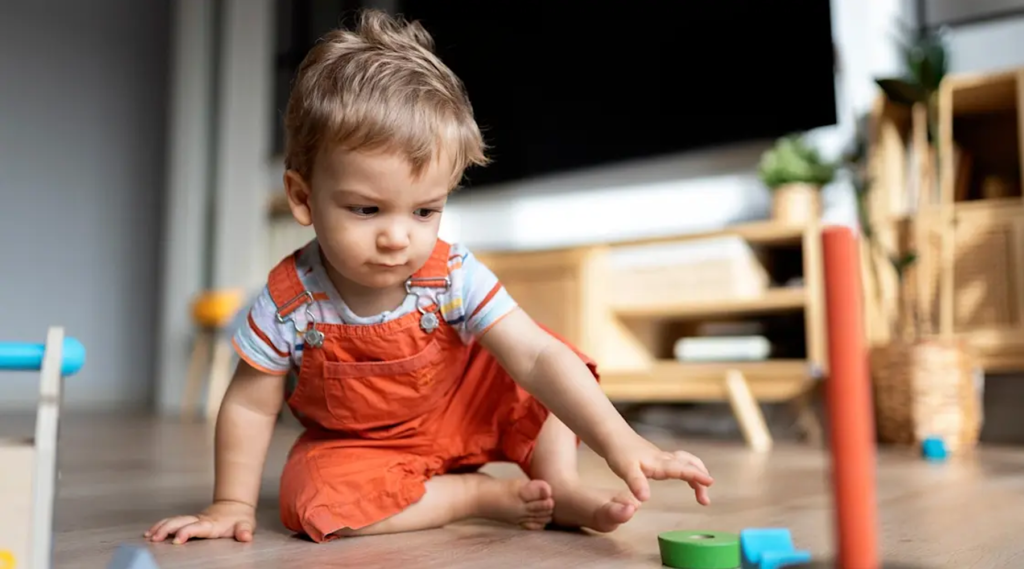
Why is solitary play important in a child’s development?
Understanding the actual value of solitary play is essential for parents, educators, and caregivers. It’s more than just a quiet moment—it’s a fundamental building block in a child’s emotional, intellectual, and behavioral development. While children certainly benefit from social interaction, the moments they spend alone, engaging in solitary active play, are just as critical for shaping who they become.
Incoraggia l'indipendenza
One of the most profound benefits of solitary play is the development of independence. When children play alone, they are not relying on others to guide their behavior, entertain them, or provide constant feedback. Instead, they take initiative, make choices on their own, and learn to trust their instincts. This internal motivation fosters confidence.
Without the pressures of group consensus or adult direction, children engaged in solitary active play choose their actions freely. Whether they’re building a tower, pretending to run a store, or arranging toy animals in a line, they are the sole architects of their world. This kind of decision-making is essential for nurturing autonomy, a trait that serves them well in academic, social, and personal challenges later in life.
Supports Self-Discovery
Solitary play gives children the space to understand themselves—what they like, what they’re curious about, what makes them feel joy or frustration. It becomes a mirror where they can explore identity, emotions, and personal interests without interference.
In a quiet, solitary environment, children often role-play or talk to themselves. These self-directed narratives help them process their experiences and emotions. A child might reenact a visit to the doctor or a family dinner, unconsciously working through feelings of fear, excitement, or confusion. This self-awareness is the first step toward emotional intelligence.

Boosts Imagination and Creativity
Without structured rules or instructions from peers or adults, solitary active play allows creativity to flourish. The child invents the storyline, characters, rules, and outcomes. A couch becomes a spaceship. A spoon transforms into a magic wand. These moments are pure creativity in action.
When children are given unstructured time and open-ended materials—like blocks, art supplies, or costume pieces—they naturally engage in imaginative thinking. Solitary play pushes them to think beyond what’s visible, to turn the ordinary into the extraordinary. This creative confidence not only fuels artistic expression but also enhances abstract thinking and problem-solving across all areas of learning.
Teaches Self-Regulation
Through solitary play, children learn how to manage their emotions, impulses, and frustrations. If a tower falls over or a drawing doesn’t turn out as expected, they must find the patience and resilience to try again, without a peer or adult stepping in immediately.
Without someone else to resolve their problems, children learn how to stay calm, re-focus, and keep going. Over time, these small challenges help build emotional endurance. They begin to understand that disappointment or difficulty is not the end, but a chance to adapt. Solitary active play provides a perfect training ground for developing this emotional maturity.
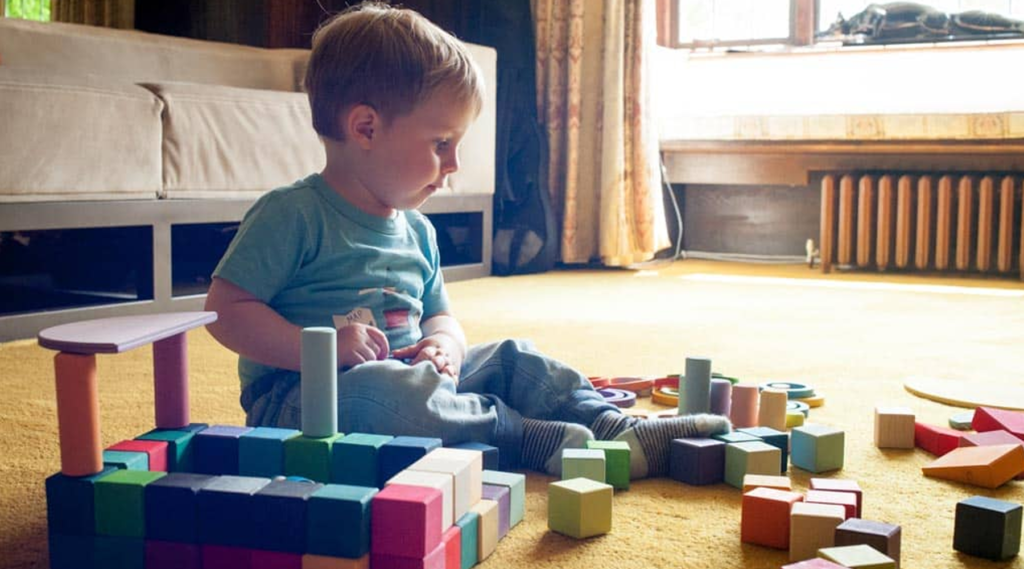
Promotes Problem-Solving
In a solitary environment, a child must navigate challenges on their own. There’s no one else to suggest solutions, so they are forced to think critically and experiment with different approaches. Whether it’s fitting puzzle pieces together or figuring out how to balance blocks, they’re building cognitive resilience.
Unlike guided activities, where the outcome is often predetermined, solitary play allows children to fail safely. They can try, fail, and adjust—again and again—without fear of judgment. This trial-and-error process strengthens logical reasoning, patience, and adaptability, qualities essential for academic achievement and everyday decision-making.
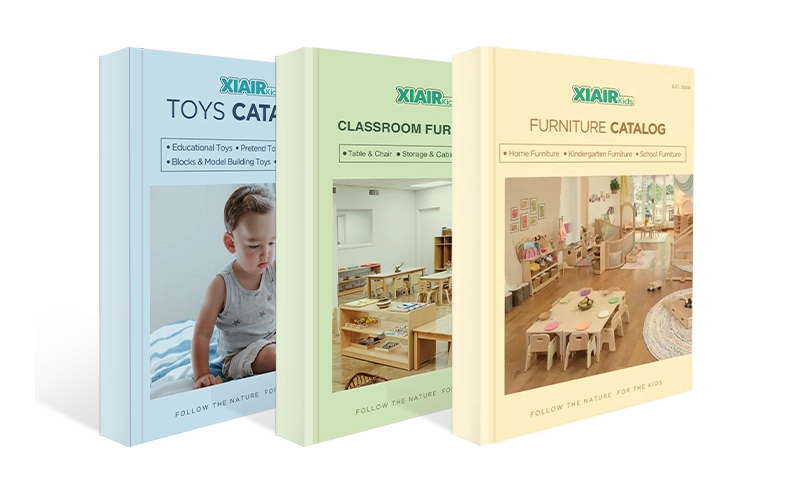
Receive a free catalog and custom layout to help you design your ideal classroom easily.
When Does Solitary Play Begin?
Solitary play is one of the earliest and most essential stages in a child’s development. It marks the beginning of how children interact with the world around them, using their senses, motor skills, and emerging imagination. Understanding when this stage begins—and what it looks like—helps parents and caregivers support it in healthy, developmentally appropriate ways.
Infancy: Solitary Play Starts
Surprisingly, solitary play begins much earlier than most people think—during infancy, as early as 3 to 6 months old. At this stage, babies start to explore objects around them through touch, sight, and sound. A baby might repeatedly shake a rattle, reach for their toes, or turn a toy over in their hands, engaging in early solitary active play without needing anyone else to participate.
Although these actions may seem simple, they are important milestones. Infants are learning cause and effect, discovering how their actions can change their environment, and building neural connections through repetition. During this time, short periods of safe, independent exploration should be encouraged.
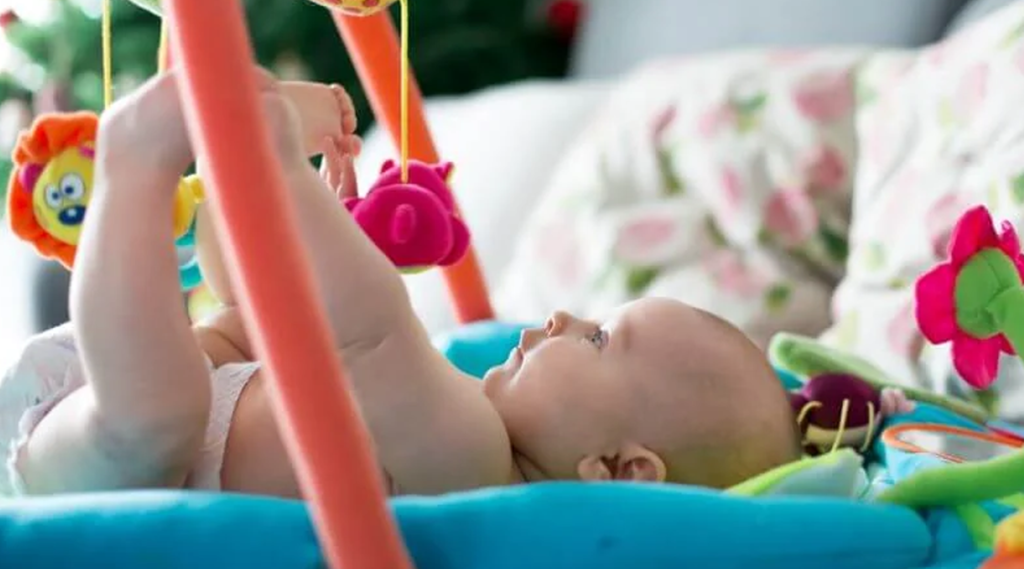
Toddler Years: The Peak of Solitary Play
Between 12 and 24 months, solitary play becomes more pronounced. Toddlers start to engage deeply in solo activities like stacking blocks, flipping through books, or pretending to feed a stuffed animal. This is when solitary active play becomes rich with intention and curiosity.
While toddlers can now walk, talk, and interact with others to some degree, they still prefer the comfort of playing alone. They’re developing independence, and solitary activities let them explore the world on their terms. These sessions often look like focused, repetitive actions that help strengthen fine motor skills, hand-eye coordination, and cognitive development.
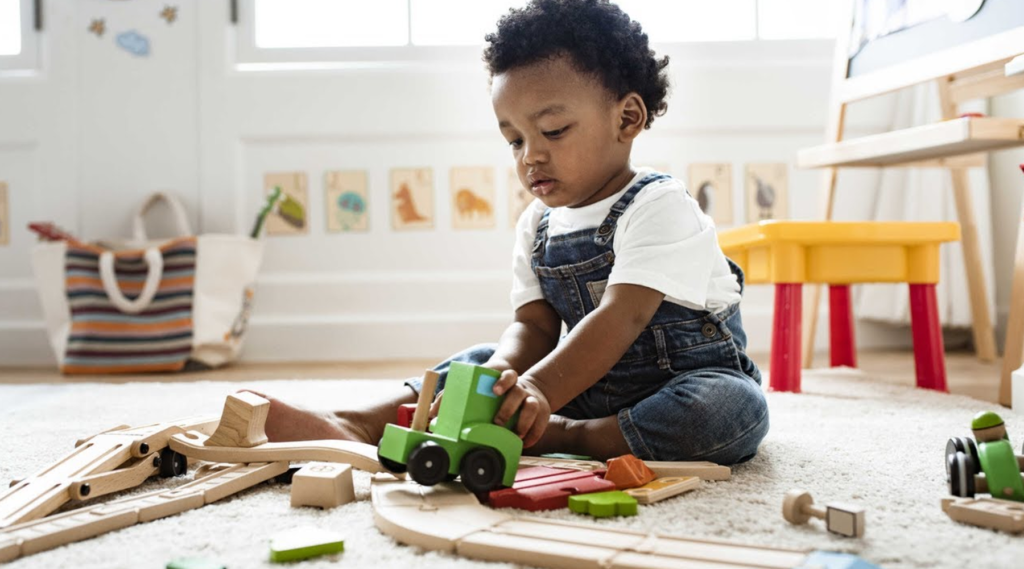
Preschoolers and Beyond: Blending Solitary with Social
From ages 3 to 5, children start to enjoy the company of others, but solitary play still plays a crucial role. During this period, kids often move fluidly between playing alone and interacting with peers. A child might spend 20 minutes dressing dolls by themselves, then join others for a group activity.
This mix of solitary and parallel play supports emotional growth. Preschoolers learn to self-direct, develop focus, and use imagination more freely when they’re alone. Even at this stage, encouraging solitary play gives children a break from social pressures and helps them recharge and reflect.
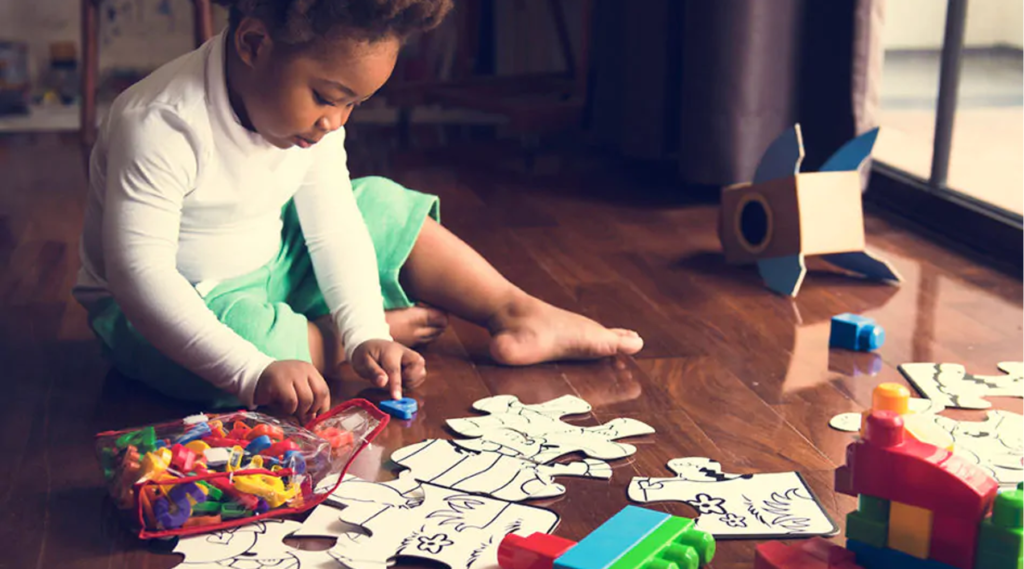
Why does the Timing matter?
Recognizing when solitary play begins helps parents support it rather than unintentionally interrupt it. Providing a safe environment, open-ended toys, and space for independent exploration encourages children to trust themselves and their instincts. By understanding and honoring this natural stage, adults can nurture a child’s confidence, creativity, and problem-solving skills from the very beginning.
From infancy through early childhood, solitary play offers invaluable developmental benefits. It lays the groundwork for emotional regulation, cognitive flexibility, and lifelong independence. Supporting this stage with intention ensures that children grow not only socially capable, but also independently strong.

Receive a free catalog and custom layout to help you design your ideal classroom easily.
How to help children in the solitary play stage?
Supporting a child through the solitary play stage is an essential part of their early development. During this period, children begin exploring their world independently, building confidence and learning to entertain themselves. With the right approach, parents and caregivers can help make this experience more enriching and beneficial. Here’s how to encourage and nurture healthy solo play habits in young children.
Set Up a Safe and Engaging Play Space
Children thrive in environments that make them feel secure and curious. Creating a designated play area helps reinforce their comfort and encourages them to explore without interruption.
Consider these setup tips:
- Use soft, clean surfaces like rugs or foam mats.
- Keep playthings within reach and at eye level.
- Avoid clutter—focus on a few quality toys at a time.
- Ensure the space is free of hazards and distractions.
When children feel safe and have a space to call their own, they’re more likely to dive into solo activities without relying on adults for constant guidance.
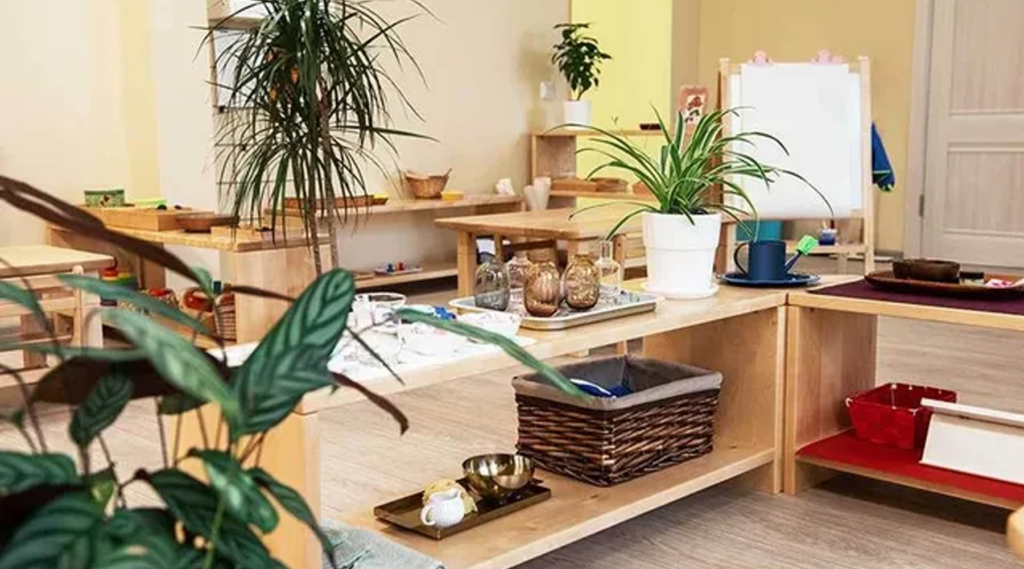
Offer Simple, Open-Ended Toys
The best toys for independent play are those that encourage creativity and don’t rely on batteries or complex instructions. Simplicity allows children to use their imagination and find new ways to engage with a single item.
Examples include:
- Blocks and stacking rings
- Soft dolls or plush toys
- Picture books with textures
- Sensory balls or rattles
- Nesting cups
These types of toys support physical coordination and mental engagement while allowing the child to discover new skills on their own terms.
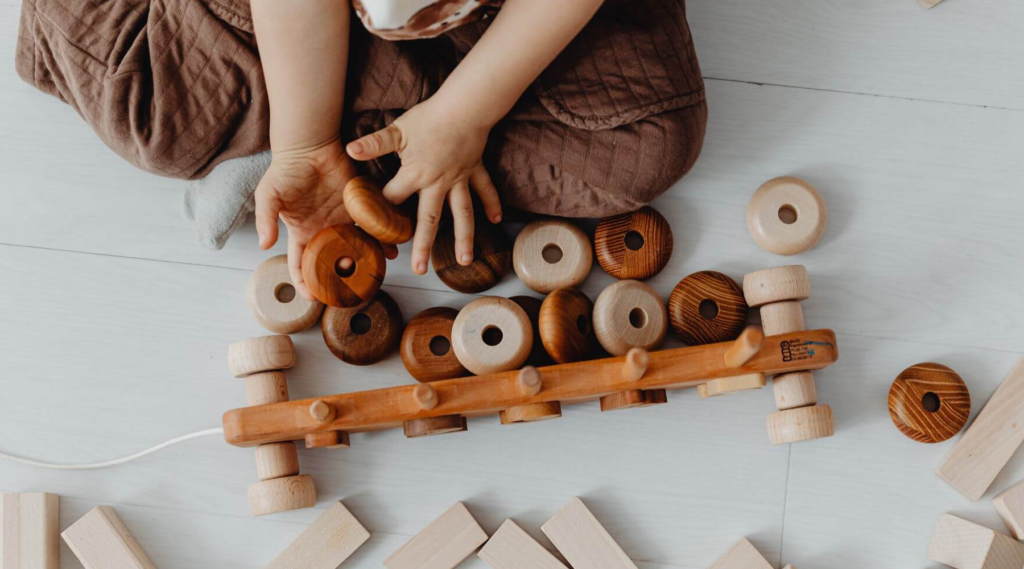
Give Space Without Disengaging
While it’s tempting to jump in and play with your child or offer help when they struggle, solo play is about building independence. That doesn’t mean you need to walk away—but instead, support from a distance.
How to strike a balance:
- Stay nearby without hovering.
- Observe quietly, allowing them to lead.
- Step in only if there’s frustration or safety concerns.
- Offer encouragement when the play ends, not during.
Children become more confident when they see that they’re capable of managing things on their own. Quiet observation shows that you trust them, which boosts their self-esteem.
Incorporate Solo Play Into Daily Life
Rather than treating independent play as a special activity, make it part of your child’s typical day. Introduce it after meals, naps, or during times when they seem calm and curious.
Routine ideas:
- Start the morning with 15 minutes of quiet play.
- Use post-nap time to explore toys independently.
- Include evening play to help wind down.
These short, regular moments gradually build the habit of focusing and playing alone without pressure or resistance.
Stay Patient and Positive
Every child develops differently. Some naturally enjoy playing alone, while others may prefer more interaction. The goal isn’t to push them into being independent—it’s to offer the right conditions for it to happen naturally.
Respect their pace, celebrate small steps, and stay consistent. Over time, you’ll see them grow more confident, curious, and capable—all through the simple act of playing on their own.

10 Examples of Solitary Play
Solitary play is often misunderstood as simple “alone time,” but in reality, it plays a critical role in early childhood development. It gives children the space to focus, think independently, and build foundational cognitive, emotional, and motor skills. Below are 10 enriching examples of solitary play, each with specific benefits that contribute to a child’s growth and learning.
1. Building with Blocks
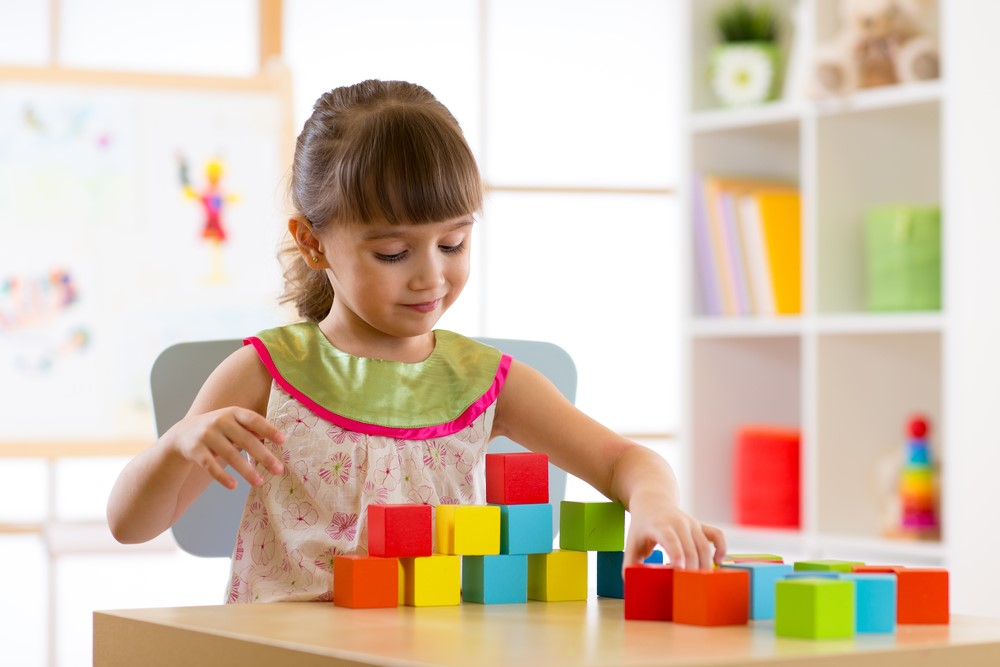
When a child sits down alone with a set of wooden or plastic blocks, they are engaging in a rich form of constructive play. As they stack, balance, and design, they learn about spatial relationships, cause and effect, and problem-solving. This kind of independent play sharpens fine motor coordination and encourages persistence when structures fall and need rebuilding. It also nurtures patience and goal-setting.
2. Drawing or Coloring
Drawing, coloring, or painting alone allows children to express emotions, ideas, and fantasies safely and creatively. It enhances their hand-eye coordination, fine motor skills, and even early literacy when they associate drawings with storytelling. This form of play also gives them a quiet outlet to process experiences, helping with emotional regulation and inner calm.
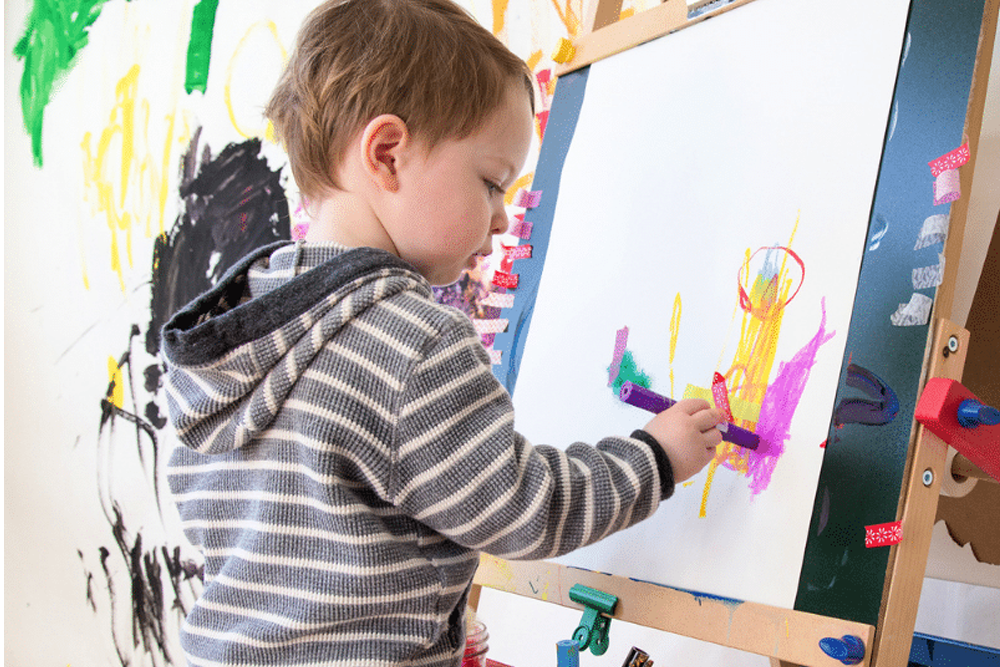
3. Completing Puzzles
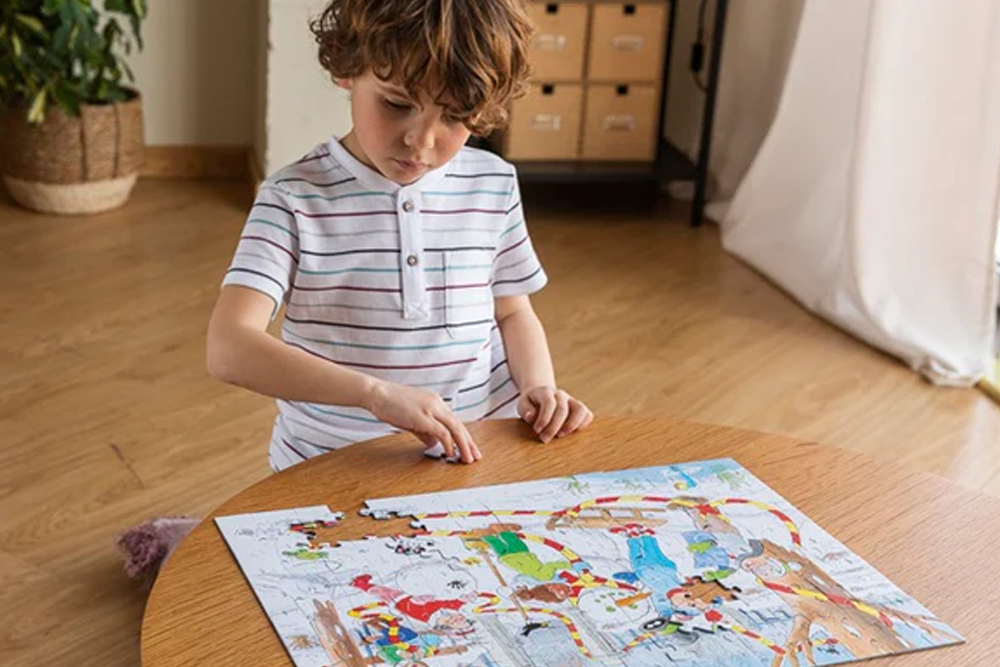
Puzzles require focus, attention to detail, and logic—all of which are heightened when a child works on them alone. As they figure out how pieces fit together, children practice visual-spatial reasoning and develop memory and concentration. The satisfaction of completing a puzzle independently builds confidence and encourages a positive attitude toward challenges.
4. Pretend Cooking or Feeding Dolls
Solo pretend play with toy kitchens, utensils, or dolls helps children mirror and make sense of daily routines. When they mimic feeding a baby doll or “cooking” a meal, they’re developing empathy, emotional intelligence, and narrative thinking. This type of imaginative play also introduces early concepts of responsibility and nurturance.

5. Looking Through Picture Books
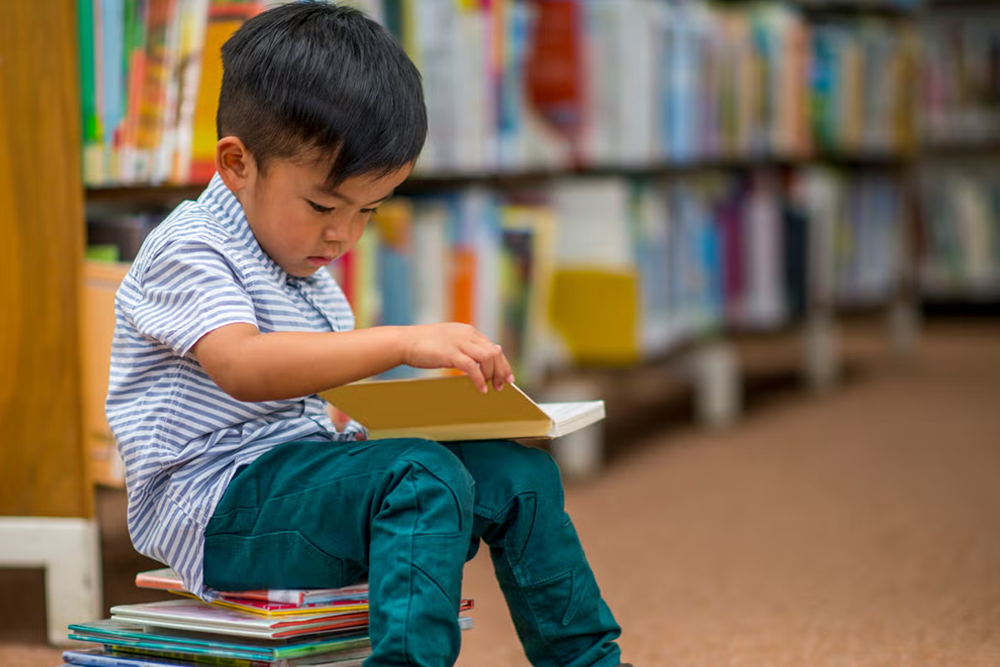
A child flips through a book by themselves, and they engage in a self-guided learning experience. They build early literacy skills such as identifying letters, understanding sequences, and recognizing visual cues. This independent exploration also strengthens their attention span and creates a positive association with books and reading.
6. Playing with Cars or Trains
Driving toy vehicles along imaginary roads, building tracks, and creating scenarios are all parts of solitary imaginative play. Children use their creativity to construct worlds and storylines, which fosters narrative development and cognitive flexibility. This kind of role play also improves hand coordination and spatial planning.
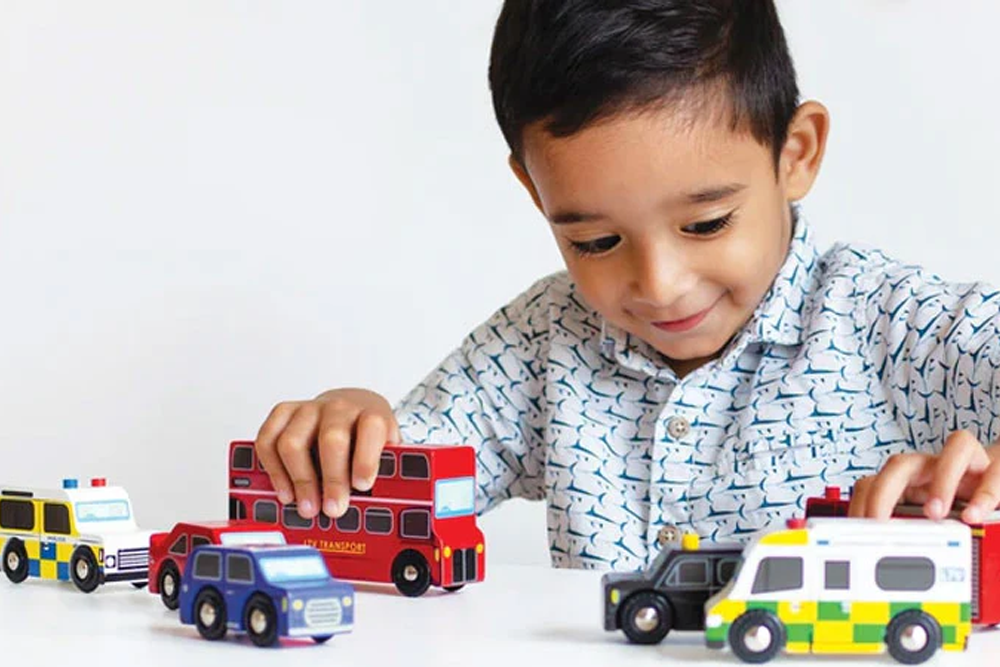
7. Stacking or Sorting Objects
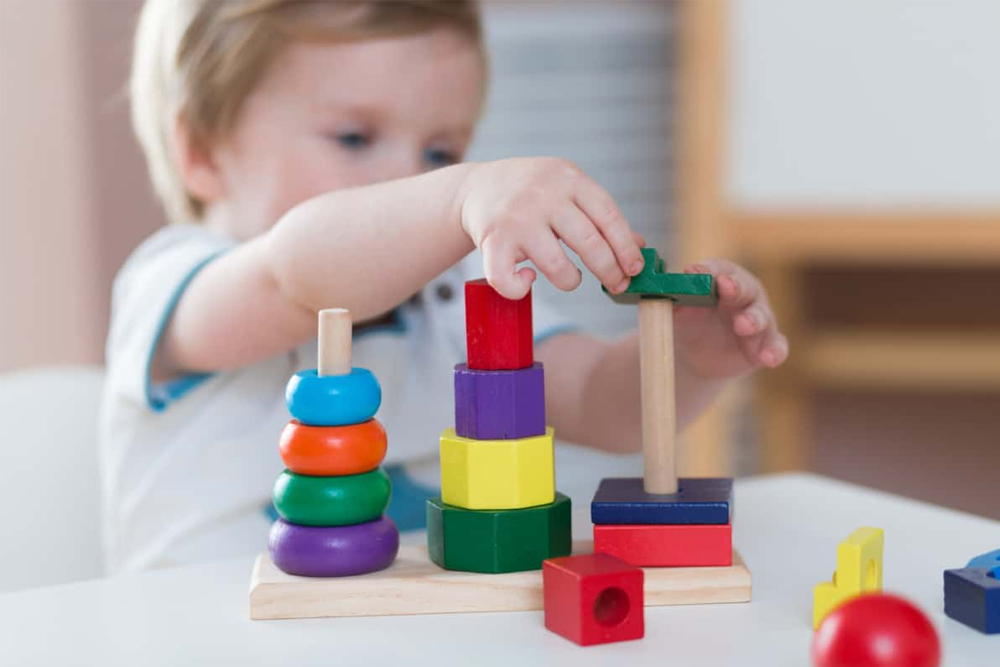
Children naturally enjoy organizing objects by color, size, or shape. Sorting coins, stacking rings, or grouping buttons are all forms of structured solitary play that promote classification skills and logical reasoning. These repetitive actions also build memory retention and concentration, which are essential for school readiness.
8. Exploring Sensory Bins
Sensory bins filled with materials like rice, beans, sand, or small toys provide a rich environment for independent exploration. Children develop tactile sensitivity, fine motor skills, and early science concepts like volume and texture. Quiet, focused sensory play also has a calming effect, making it beneficial for emotional regulation.
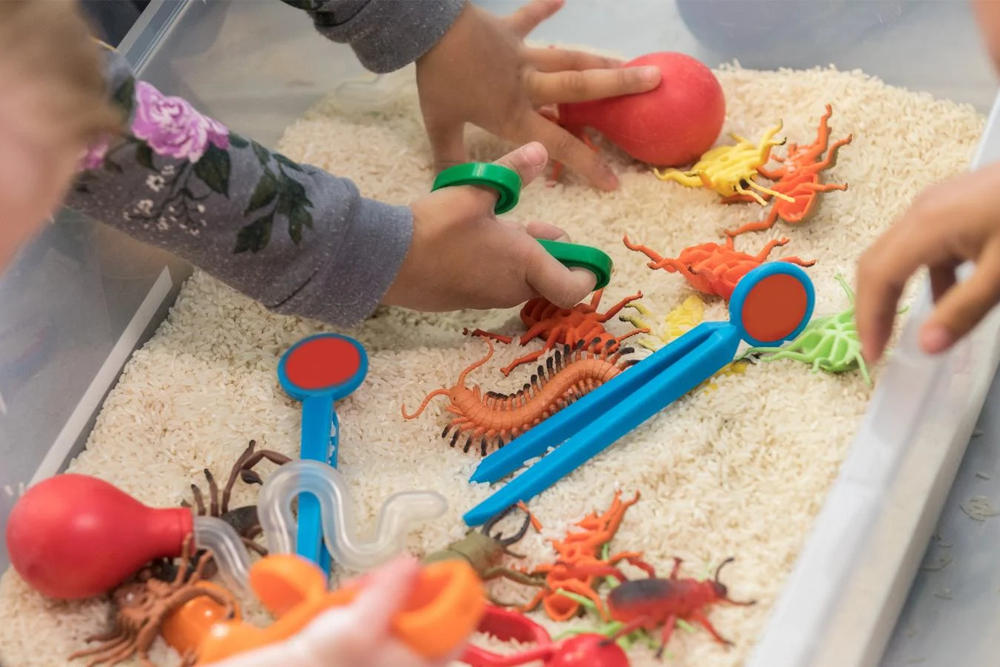
9. Role-Playing with Action Figures or Dolls
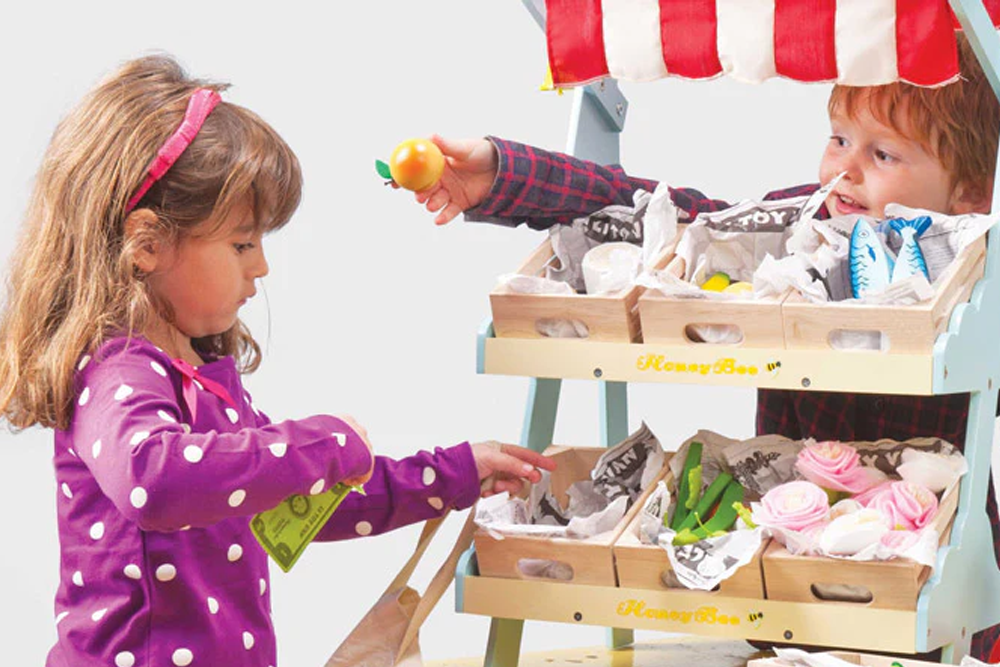
Creating scenes and interactions between dolls or action figures allows children to express complex emotions and ideas. Even though they control all characters, they are engaging in layered storytelling that enhances vocabulary, empathy, and perspective-taking. Playing alone gives them complete creative freedom and boosts imaginative thinking.
10. Manipulating Play-Dough or Clay
Playing with playdough is a sensory-rich experience that strengthens hand muscles, prepares children for writing, and promotes creativity. Alone, they can freely shape whatever comes to mind—from food items to animals—developing fine motor control and original thinking. The soothing act of molding also supports focus and stress relief.
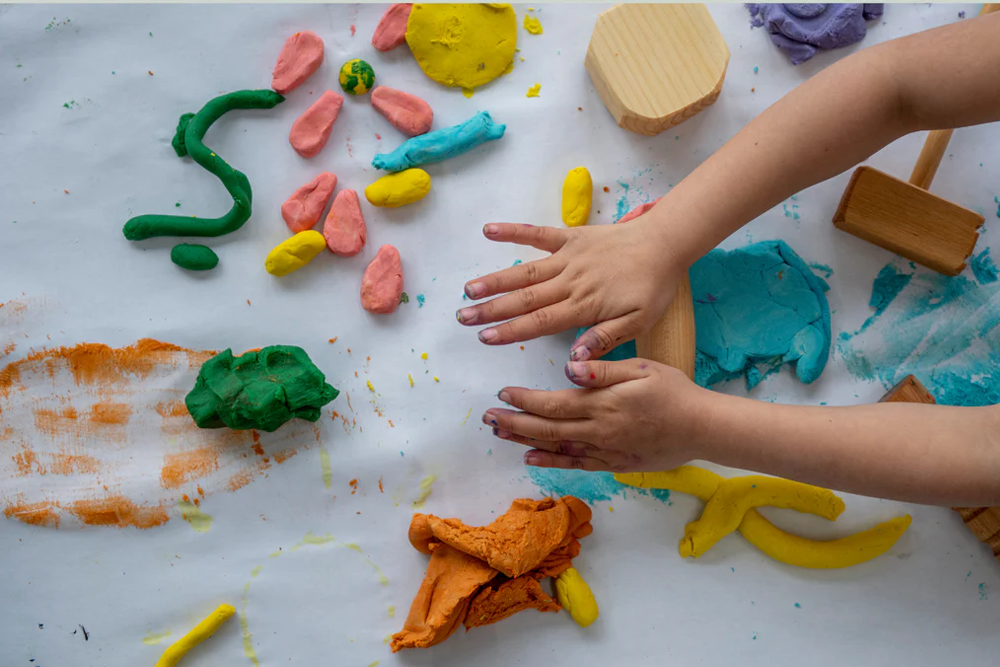
How Long Can Babies and Toddlers Play Independently?
Independent play is one of the most essential aspects of early childhood development. Still, many parents and educators ask the same question: how long can babies and toddlers engage in it alone? The truth is that it depends on several key factors—including the child’s age, temperament, environment, and the kinds of activities or materials they’re given. For us in the early education industry, especially those supplying high-quality preschool furniture and toys, understanding this dynamic is essential.
Factors That Influence Duration of Independent Play
Even within each age range, the length of solitary active play varies. Here are some influencing factors:
- Personality: Some children are naturally more curious or more independent than others.
- Ambiente: A well-organized, clutter-free, and safe play space encourages more extended periods of engagement.
- Routine: Children who are used to independent play as part of their daily routine are more likely to stay focused.
- Stimulation Level: Not too much, not too little. Too many toys can overwhelm, too few may bore.
This is why at TOP Montessori, we emphasize minimalist, open-ended design in our mobili per la scuola dell'infanzia and learning materials. We understand that quality design influences a child’s ability to stay engaged independently.

Receive a free catalog and custom layout to help you design your ideal classroom easily.
How Educators and Parents Can Support Independent Play
It’s not just about time—it’s about the quality of the experience. To support meaningful solitary play, caregivers should:
- Set up clear, safe play zones with age-appropriate materials
- Avoid interrupting or micromanaging play unless safety is at risk
- Observe and extend the child’s interests by offering varied but simple toys
- Encourage consistency, so independent play becomes a regular part of the day
In a Montessori-inspired classroom or a home setting, creating an environment that gives children autonomy is key. The furniture we design—low shelves, small chairs, and child-safe activity tables—is all part of building that independence.
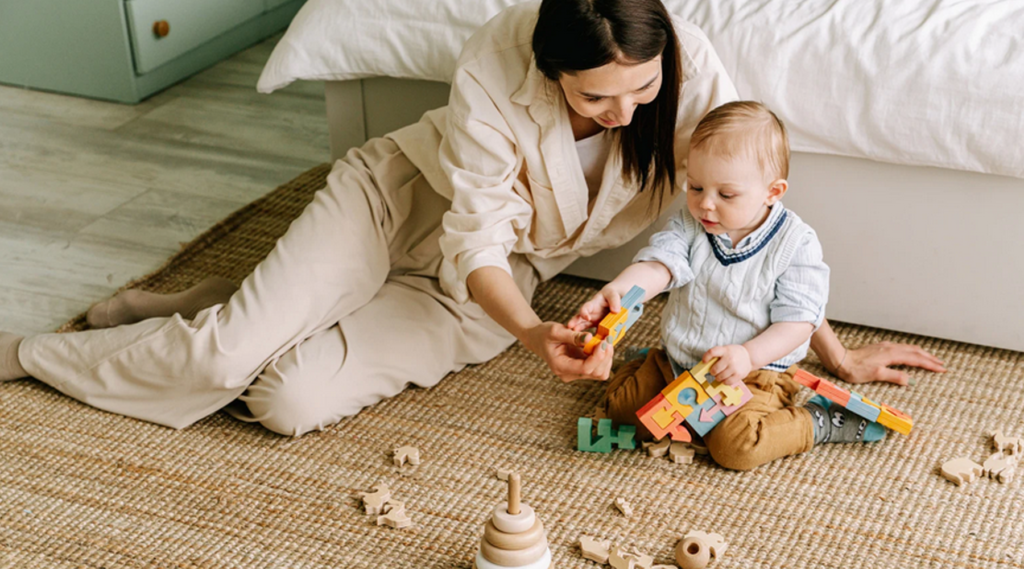
Stages of Play Development In Early Childhood
Understanding the stages of play development in early childhood is crucial for parents, teachers, and caregivers. These stages represent how children grow through interaction with their environment, themselves, and eventually, with others. Each stage builds on the previous one, and together they create a foundation for social, emotional, and cognitive growth.
While these stages often appear in a predictable sequence, the exact timeline can vary for each child. Recognizing these patterns can help adults respond more effectively to children’s needs and encourage age-appropriate activities without forcing interaction before the child is ready.
Unoccupied Play (0 – 3 Months)
At this stage, babies are not actively “playing” in the traditional sense. Instead, they move their arms, legs, and eyes around aimlessly as they begin to explore how their bodies work. It’s through these small and seemingly random movements that babies start to build awareness of their physical presence in the world.
During this period, even passive experiences—watching light shift across the ceiling or hearing the sound of a rattle—help babies lay the groundwork for intentional movement. Eye tracking, reaching, and grasping will come soon after. While this stage might look inactive, it is a crucial early step in developing attention and motor control.

Solitary Play (3 Months – 2 Years)
Solitary play is when a child plays alone and is not interested in engaging with others just yet. This is one of the most critical stages of early play development. During this phase, babies and toddlers learn to focus their attention, develop motor skills, and discover how objects work.
Through solitary active play, a child might explore cause and effect by dropping a toy repeatedly or stacking blocks over and over again to see what happens. These actions are not random—they’re part of a deep learning process that helps develop persistence, creativity, and self-confidence.
Solitary play also builds the ability to concentrate for more extended periods. Although parents may worry that a child playing alone is lonely, this stage is healthy and necessary. It teaches children how to entertain themselves and builds independence.
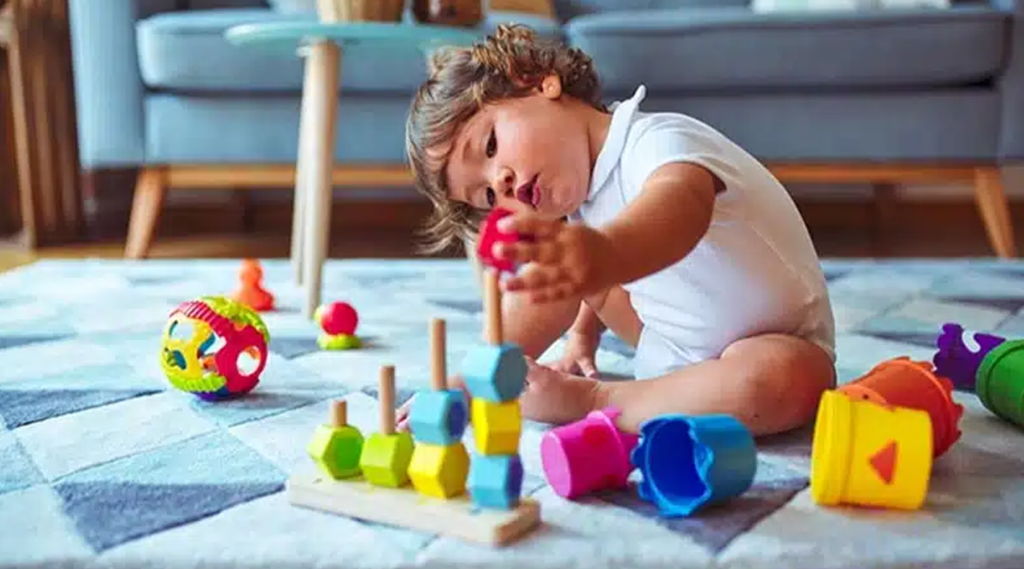
Onlooker Play (Around 2 Years)
During onlooker play, children observe others playing but don’t join in. While it may look like they’re not participating, they are absorbing information. They’re learning how play works, how other children interact, and what kinds of behaviors are acceptable in a group.
This stage often appears when a child is introduced to a new setting, like a daycare or playgroup. Watching others gives them the chance to mentally rehearse before jumping in themselves. Onlooker play builds social awareness and lays the foundation for active social participation later on.
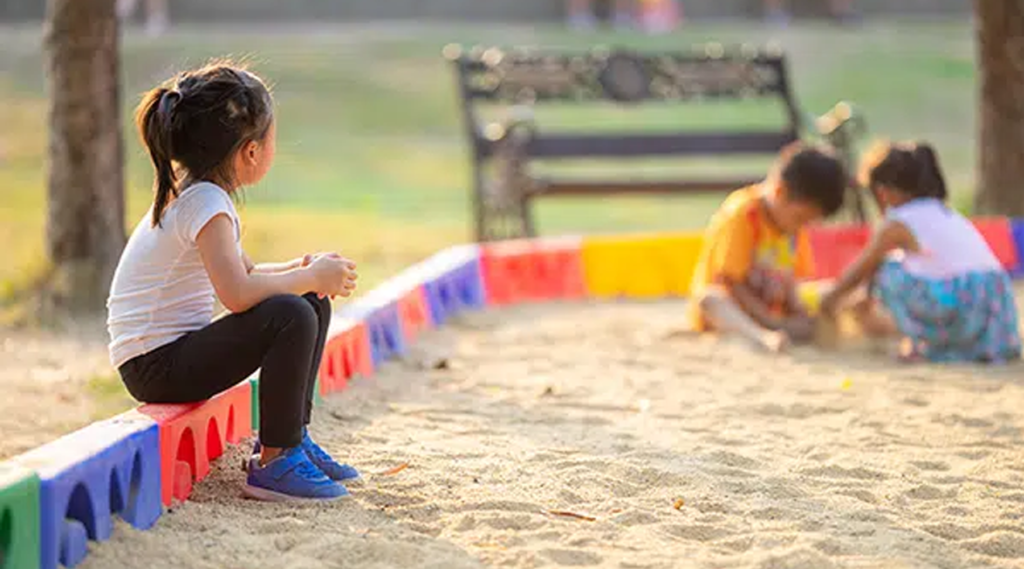
Gioco parallelo (2+ Years)
In parallel play, two or more children play side by side with similar toys but without influencing each other’s behavior. Each child is absorbed in their own activity, but they are aware of the other’s presence.
This is a transitional stage between independent and interactive play. Children begin to learn from one another by imitating actions or exploring similar themes, even if they don’t communicate much. Parallel play helps children adjust to being in group settings while still maintaining a sense of independence.
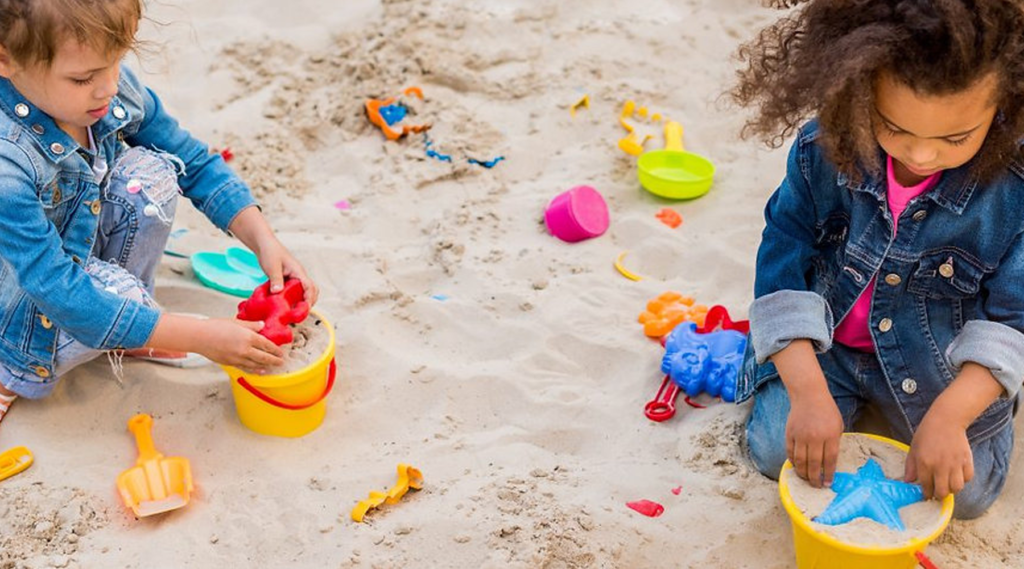
Associative Play (3 – 4 Years)
In associative play, children start to interact more frequently with peers. They may play with the same toys and talk to each other, but their play is still loosely organized and not focused on a common goal.
For example, several children might build with blocks and talk while doing so, but they are each constructing something different. Associative play helps develop language, turn-taking, and cooperation. It’s a vital step before structured group play begins.
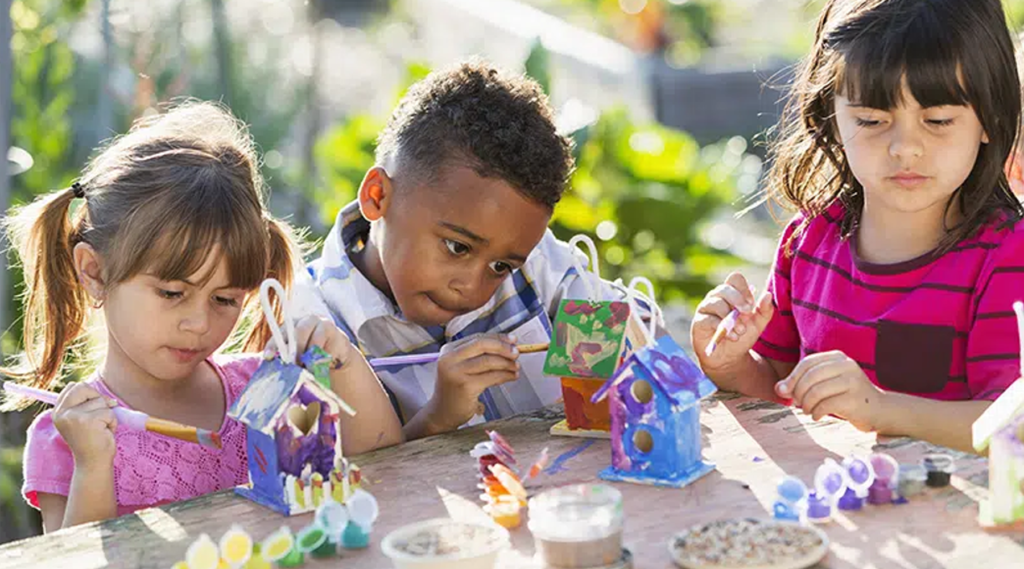
Cooperative Play (4+ Years)
By age four and beyond, many children are ready for cooperative play, where they engage in shared activities with standard rules, goals, and roles. They may work together to build a fort, act out a story, or play a game with set rules.
This stage marks the highest level of social play development. It involves negotiation, communication, leadership, and compromise. Children begin to consider others’ perspectives and adapt their actions for the benefit of the group.
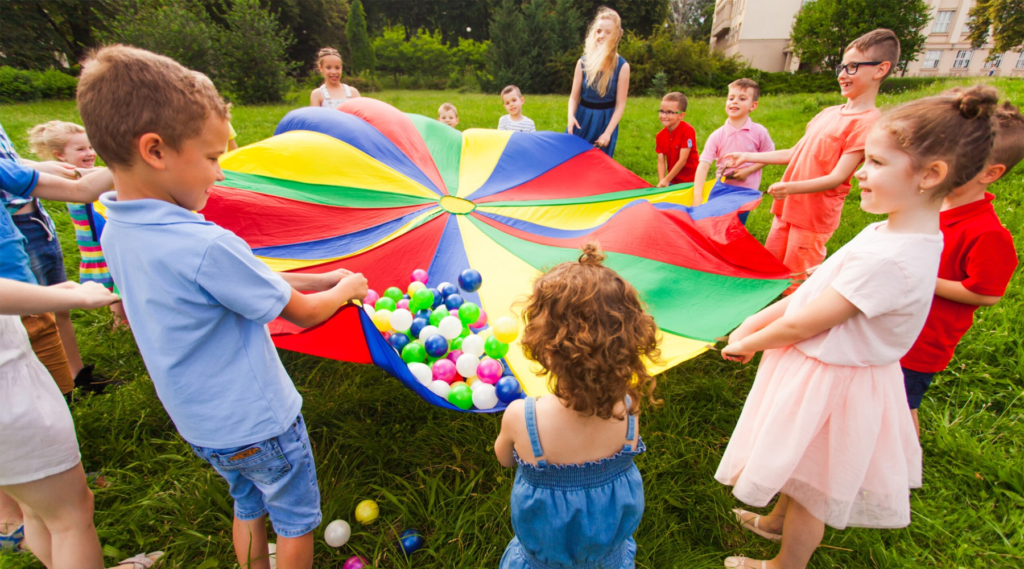
Play Styles and Developmental Signs to Watch For
Understanding children’s play styles offers powerful insight into their developmental progress. Different styles of play reflect a child’s personality, interests, and cognitive maturity. For educators, caregivers, and parents, recognizing these play patterns helps in identifying growth milestones as well as potential areas where a child may need additional support.
In early childhood, children often express themselves through play long before they do through structured language or formal behavior. Therefore, observing how a child engages during play is one of the most natural and accurate ways to evaluate their development.
Here are some common signs and play styles you should watch for:
- Showing no interest in other people or children their age by age 3
- Issues in accomplishing basic activities due to physical or cognitive limitations
- Issues regulating their emotions as they age & getting easily frustrated during playtime
- Loses skills and abilities they once had
- Missing developmental milestones (e.g., physical, social, cognitive, etc.)
- Remaining in one play development stage for longer than recommended
Not every child plays the same way at the same time. Some may prefer solitary play longer than others. Others may jump into cooperative play earlier than expected. What matters most is consistent progression over time. Red flags may include:
- A complete lack of interest in toys or people
- Repetitive, unchanging play behavior
- Severe difficulty engaging with peers beyond age 3 or 4
If these signs persist, it may be helpful to consult an early childhood specialist. But in most cases, children follow their developmental timelines, especially if they are given freedom and a supportive environment to explore.

Receive a free catalog and custom layout to help you design your ideal classroom easily.
Common Concerns About Solitary Play
Solitary play is a powerful stage of childhood development that builds independence, creativity, and concentration. However, it’s not unusual for parents, caregivers, and even early childhood educators to feel uneasy about it. From concerns over social skills to fears of neglect, the topic of solitary active play often raises more questions than answers. As a manufacturer and supplier of preschool and Montessori furniture, I frequently discuss these concerns with our customers, especially kindergarten founders who want to strike the right developmental balance in their classrooms.
Let’s dive deeper into some of the most common concerns about solitary play and why many of them are based on misconceptions or a lack of developmental insight.
Is My Child Too Quiet or Withdrawn?
Many parents worry that if their child plays alone too often, it might signal social difficulties or emotional withdrawal. However, solitary play—especially in children under the age of 3—is not only regular, it’s essential. During early childhood, independent play provides a space for self-discovery. It allows the child to explore their thoughts, manipulate materials at their own pace, and develop focus without external pressures.
Solitary time does not mean a child is lonely. Instead, it can signal confidence, comfort in their surroundings, and strong internal motivation—all critical traits for future learning. In our Montessori-based furniture environments, children are encouraged to select their activities from open shelves. This empowers them to make decisions, follow their curiosity, and return to tasks over and over until they gain mastery.
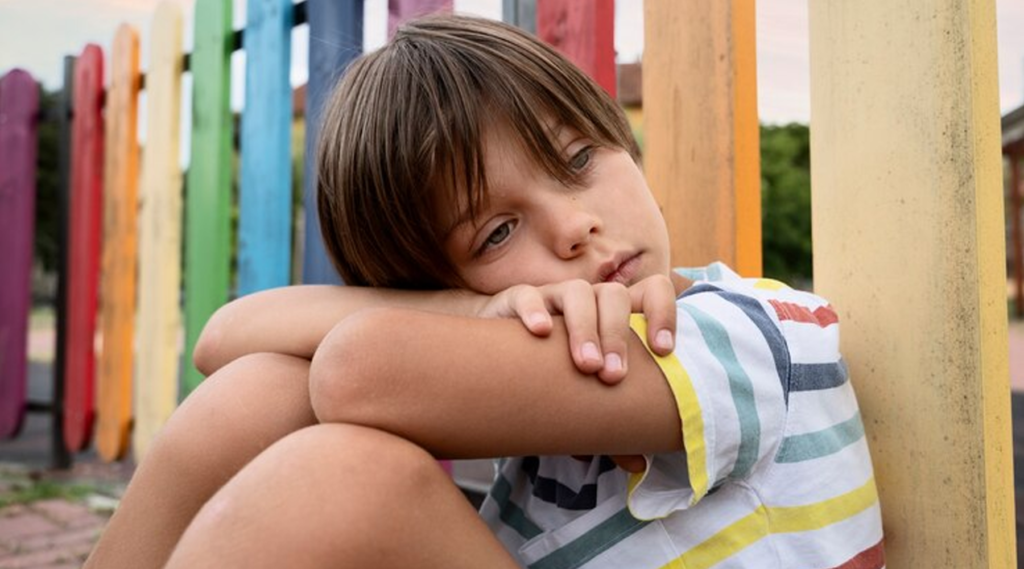
Will Solitary Play Affect Social Skill Development?
On the surface, this is a valid concern. Children need interaction to develop communication skills, empathy, and cooperation. But what many people don’t realize is that solitary active play is one of the earliest building blocks of social development.
Why? Because it allows children to rehearse real-life situations through pretend play. When a child talks to their stuffed animal, organizes a pretend tea party, or builds a block tower “for daddy,” they’re practicing social roles in a safe, low-pressure environment. Research shows that children who are comfortable playing alone often enter group play with more confidence and better problem-solving skills.
As long as a child also has regular opportunities to engage with peers or adults, solitary play won’t hinder social development. Instead, it complements it.
Are Screens and Solitary Play the Same?
Not. One of the most harmful assumptions we see today is the confusion between passive screen time and solitary active play. A child sitting in front of a tablet is not engaged in self-guided exploration. Instead, they are being entertained by external stimuli, often without using imagination or motor skills.
Actual solitary play involves interaction with physical objects—building, sorting, role-playing, exploring textures, manipulating puzzles, or painting. These activities require effort, decision-making, and creativity. That’s why our furniture is designed to support open-ended, tactile experiences rather than digital distractions. A well-made sensory table, for example, invites a toddler to explore water, sand, and materials in a hands-on way that no screen can replicate.

Receive a free catalog and custom layout to help you design your ideal classroom easily.
Conclusione
Play is far more than a pastime—it is the foundation of early childhood development. From unoccupied play in infancy to cooperative play in the preschool years, each stage supports critical skills like problem-solving, emotional regulation, language development, and social awareness.
Solitary play and solitary active play are often misunderstood but play a vital role in building focus, independence, and creativity. As children transition into more social forms of the game, such as parallel and associative play, they develop the ability to share, cooperate, and communicate. Ultimately, play offers a window into the child’s inner world. Through observation and encouragement, we can ensure that each child is growing, exploring, and thriving—one play session at a time.
Domande frequenti
1. What are the disadvantages of solitary play?
Solitary play is developmentally normal and beneficial, but if a child engages in it excessively while avoiding group interaction altogether, it may hinder the development of important social skills like sharing, cooperation, and empathy. It could also be a sign of anxiety or delayed social development if it persists beyond the appropriate age range. A healthy balance between solo and social play is essential.
2. Is it okay for a baby to play alone?
Yes, babies benefit from short periods of independent play, especially after 6 months when they begin to explore their environment. It helps build early concentration, sensory awareness, and curiosity. As long as the baby is in a safe, supervised environment, solo play encourages self-confidence and cognitive growth from an early age.
3. Is it healthy for a child to play alone?
It is not only healthy—it’s a critical part of child development. Solitary play allows children to think independently, develop focus, and nurture their creativity. In Montessori and Reggio-inspired settings, independent play is encouraged because it supports self-directed learning and helps children become confident, capable decision-makers.
4. What are the benefits of solitary play in early childhood?
Solitary play promotes problem-solving, imagination, self-regulation, and emotional independence. It also helps children develop intrinsic motivation as they explore ideas without external influence. This type of play lays the foundation for independent thinking and self-confidence—two vital traits that benefit lifelong learning and social adaptability.
5. How much independent play is too much?
While independent play is beneficial, too much of it—especially if the child avoids social situations—may indicate underlying issues. For preschoolers, 30 to 60 minutes per session of solo play is healthy. However, it should be balanced with interactive play that nurtures communication, collaboration, and emotional intelligence.
6. At what age should a child be allowed to play out alone?
Children under seven generally need close supervision outdoors. Around 7–9 years old, they may play in fenced yards or familiar settings for short periods, depending on their maturity. True outdoor independence (e.g., walking to a park alone) is usually more appropriate after age 10, and only with clear safety guidelines in place.

